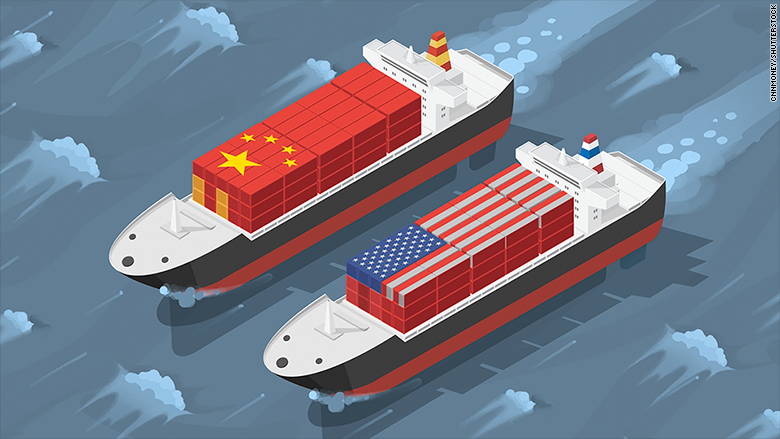The global trade landscape continues to evolve as April 10, 2025, marks another pivotal moment in the ongoing tariff disputes. While President Donald Trump announced a 90-day pause on most tariffs, China remains the primary target, facing 125% tariffs on its exports to the U.S.. This decision has triggered strong international reactions, with China, the European Union, Canada, and other nations implementing countermeasures that could reshape global trade for years to come.

U.S. Tariff Policy: A Temporary Pause for Most Nations
Trump’s 90-day tariff pause applies to all countries except China, Canada, and Mexico. This means that:
- A 10% baseline tariff remains in place for most imports.
- Canada and Mexico continue to operate under USMCA rules, avoiding additional duties.
- China faces a 125% tariff, the highest imposed by the U.S. in modern history.
The White House has framed this pause as an opportunity for negotiations, but many nations remain skeptical about whether the U.S. will reverse course.
China’s Response: Retaliatory Tariffs and Currency Moves
China has refused to back down, implementing 84% tariffs on U.S. imports. Beijing has also taken aggressive steps to counteract the economic impact:
- Devaluing the yuan, making Chinese exports more competitive.
- Restricting rare earth mineral exports, affecting global tech supply chains.
- Banning U.S. agricultural imports, including soybeans and corn.
Chinese officials have warned that further retaliation could follow if the U.S. does not reconsider its tariff strategy.
European Union’s Strategic Response
The European Union has taken a measured approach, opting for limited countermeasures while pushing for diplomatic solutions. Key EU responses include:
- A 10% tariff on U.S. exports, matching the baseline U.S. tariff.
- Subsidies for European industries affected by the trade war.
- Ongoing negotiations with Washington to prevent further escalation.
EU leaders have urged the U.S. to reconsider its approach, warning that prolonged trade disputes could harm global economic stability.
Canada’s Retaliatory Measures
Canada has implemented 25% tariffs on non-USMCA-compliant U.S. auto imports. Prime Minister Mark Carney has vowed to protect Canadian industries, stating that “Canada will not be bullied into accepting unfair trade terms.”
Global Market Impact
The stock market reacted sharply, with Wall Street experiencing heavy losses:
- The Dow Jones fell 349 points.
- The S&P 500 slid 0.23%.
- The Nasdaq dropped 6%.
Meanwhile, oil prices dipped below $60 per barrel, reflecting concerns over global economic slowdown.
Political and Economic Reactions
- Federal Reserve Chair Jerome Powell warned that the tariffs could increase inflation and slow economic growth.
- Tesla CEO Elon Musk criticized the policy, calling it “economic suicide”.
- Congressional leaders are considering legislation to limit presidential tariff authority.
What’s Next?
With trade tensions at an all-time high, businesses must prepare for supply chain disruptions, and consumers may soon feel the effects through higher prices on imported goods. Governments worldwide are scrambling to secure trade agreements, but a resolution remains uncertain.

Leave a Reply